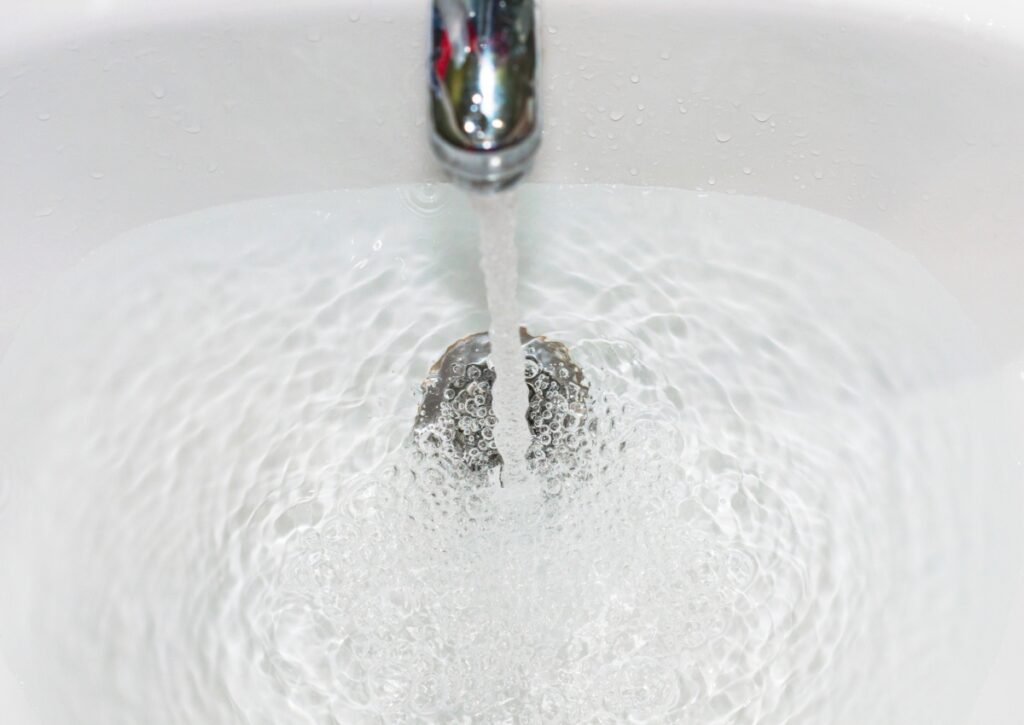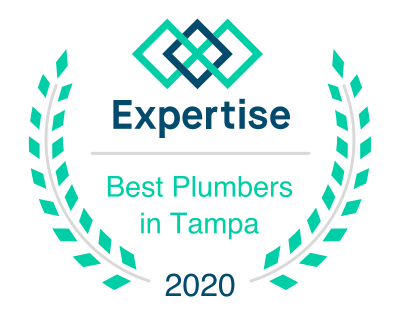Many homeowners inevitably encounter the stressful experience of a sink that refuses to drain efficiently. This widespread issue is both perplexing and exasperating, particularly when the underlying cause is something that isn’t easily solved. Whether your kitchen sink is struggling to manage water after a round of dishwashing or your bathroom sink is holding onto water far longer than it should, slow drains disrupt daily routines and hint at underlying plumbing concerns. We’ll break down some causes of a slow-draining sink and what you can do to solve it.
Hair
Hair accumulation is a primary suspect in obstructing bathroom sinks and showers. Each strand that slips down the drain can catch on pipe interiors or on other debris, gradually knitting together a dense mesh. This mesh ensnares soap bits, dirt, and other particulates, leading to a significant reduction in water flow. The process is gradual, with the drain’s efficiency gradually diminishing each day until the blockage becomes impossible to ignore.
Scum Buildups
The residue from soaps, shampoos, and various beauty products introduces fats, oils, and grease into plumbing systems, contributing to soap scum formations. These substances cling to pipe walls, narrowing the passage available for water to flow through. Without regular intervention, these buildups harden and transform into formidable barriers against efficient drainage. In addition to slowing water movement, these deposits can also emit unpleasant odors, further complicating the issue.
Minor Clogs
Not all drainage problems originate from significant obstructions. Often, minor clogs, formed by everyday materials like food remnants in kitchen sinks or fallen debris, play a substantial role. While individually, these items might not completely block water flow, collectively, they create resistance, leading to noticeable slowdowns. Proactive cleaning practices can mitigate the risk of these minor annoyances evolving into major concerns.
Problems With the P-Trap
Located beneath the sink, the P-trap’s design serves two different purposes: trapping debris to prevent deeper clogs and blocking sewer gases from entering the home. However, a clogged or malfunctioning P-trap directly impacts sink drainage, leading to slow emptying or, in some cases, unpleasant odors. Damage or leaks within this component affect water flow and can also result in water damage under the sink.
Sludge in the Septic Tank
Homes reliant on septic systems may experience slow sink drainage as a symptom of broader issues, such as sludge overaccumulation in the septic tank. A full or improperly functioning septic tank impedes the normal flow of wastewater away from the home, affecting drains house-wide. Regular inspection and maintenance are important to ensure the health of a septic system and, by extension, the efficiency of home plumbing.
Pipe Deterioration
The integrity of a home’s plumbing is central to proper functioning. Over the years, pipes may suffer from corrosion, rust, or simple wear and tear, leading to internal narrowing or damage. Such deterioration hampers water flow, transforming once swift drainage into a sluggish process. Addressing these issues typically involves professional evaluation and, potentially, extensive repairs or pipe replacements to restore optimal plumbing performance.
Stuck Objects
An unexpected factor in slow sink drainage is the presence of foreign objects lodged within the plumbing. Items such as jewelry, small toy parts, or oversized food particles can inadvertently enter the drain, creating partial blockages that impede water flow. These obstacles often require professional removal techniques to resolve without risking further damage to the plumbing system.
Tree Roots
In their quest for moisture, tree roots can infiltrate sewer lines, causing significant disruptions to home plumbing. This natural encroachment not only blocks water flow but can also cause physical damage to pipes, necessitating costly repairs. The issue of root invasion highlights the importance of considering landscaping placement in relation to plumbing infrastructure.
Your Plumbing System Is Old
Like all components of a home, plumbing systems have a finite lifespan. An aging system might exhibit reduced efficiency due to outdated materials, obsolete designs, or cumulative wear and tear. These systems may struggle to maintain the same level of performance experienced in their prime, resulting in issues such as slow-draining sinks. Upgrading or retrofitting parts of an old plumbing system can be a proactive step toward mitigating your faulty plumbing system.
Friend’s Plumbing Can Diagnose and Resolve All Your Sink and Drain Issues
Confronting recurrent plumbing difficulties, such as a persistently slow draining sink, often signals that temporary fixes or DIY solutions fall short of addressing the root of the problem. The skills of our professional plumbing services become invaluable under these circumstances. Equipped with specialized tools and a wealth of experience, professionals can accurately identify the cause of plumbing issues and implement effective, lasting solutions.
At Friend’s Plumbing, we’re home to expert plumbers who can tackle a wide array of sink and drain challenges. From conducting thorough drain cleanings to eliminate stubborn blockages to utilizing video inspections for an inside look at your plumbing, everything we provide is meant to clear out your sink drains and other plumbing systems for good. If you’re facing ongoing frustrations with slow-draining sinks, consider reaching out for our services in Tampa Bay and get the ideal approach to plumbing maintenance and repair.




